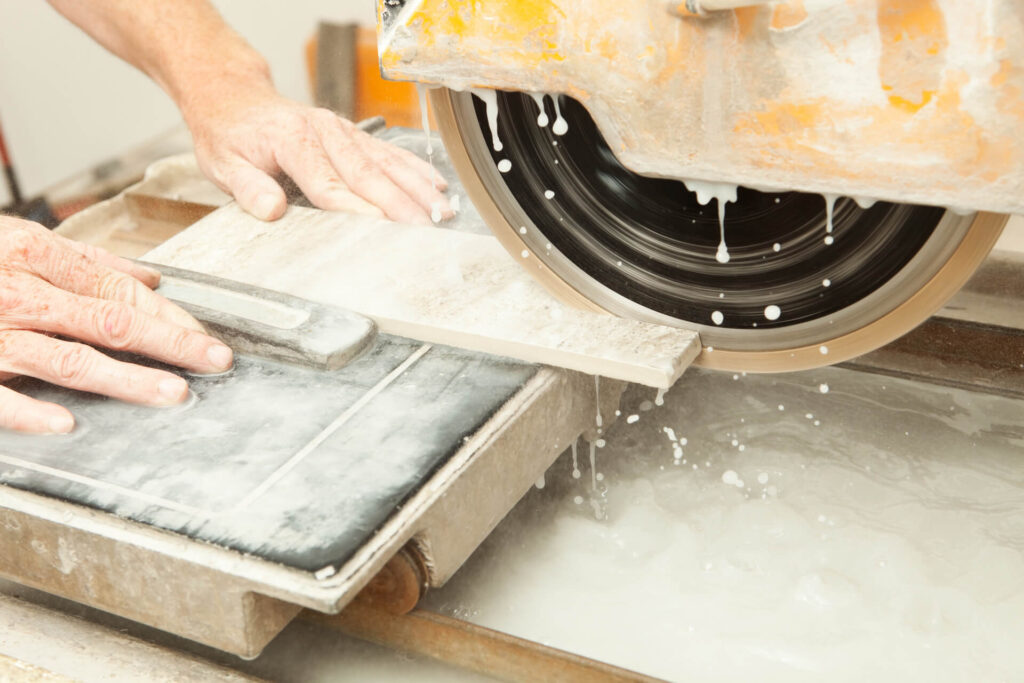Medical monitoring or surveillance of workers can help identify health effects related to respirable crystalline silica exposure.

Crystalline silica is found in sand, stone, concrete and mortar, and it’s used to make products such as engineered stone, bricks, tiles and some plastics.
When workers cut, crush, drill, polish, saw or grind products that contain crystalline silica, dust particles are generated that are small enough to lodge deep in the lungs and cause serious illness or disease including silicosis.
Silicosis is a major concern as it is progressive and irreversible.
Silica exposure can also impair lung function by causing chronic obstructive pulmonary disease (COPD) – a common lung disease causing restricted airflow and breathing problems and is sometimes called emphysema or chronic bronchitis. It’s also important to be aware that silica exposure can cause lung cancer, chronic kidney disease, and other various autoimmune diseases.
Under the Model WHS Regulations, a person conducting a business or undertaking must provide health monitoring for workers if they are carrying out ongoing work using, handling, generating or otherwise exposed to respirable crystalline silica and there is a significant risk to the worker’s health because of exposure.
Konekt can help you with these health monitoring requirements for crystalline silica, which include:
For more information about the duties for health monitoring please visit: